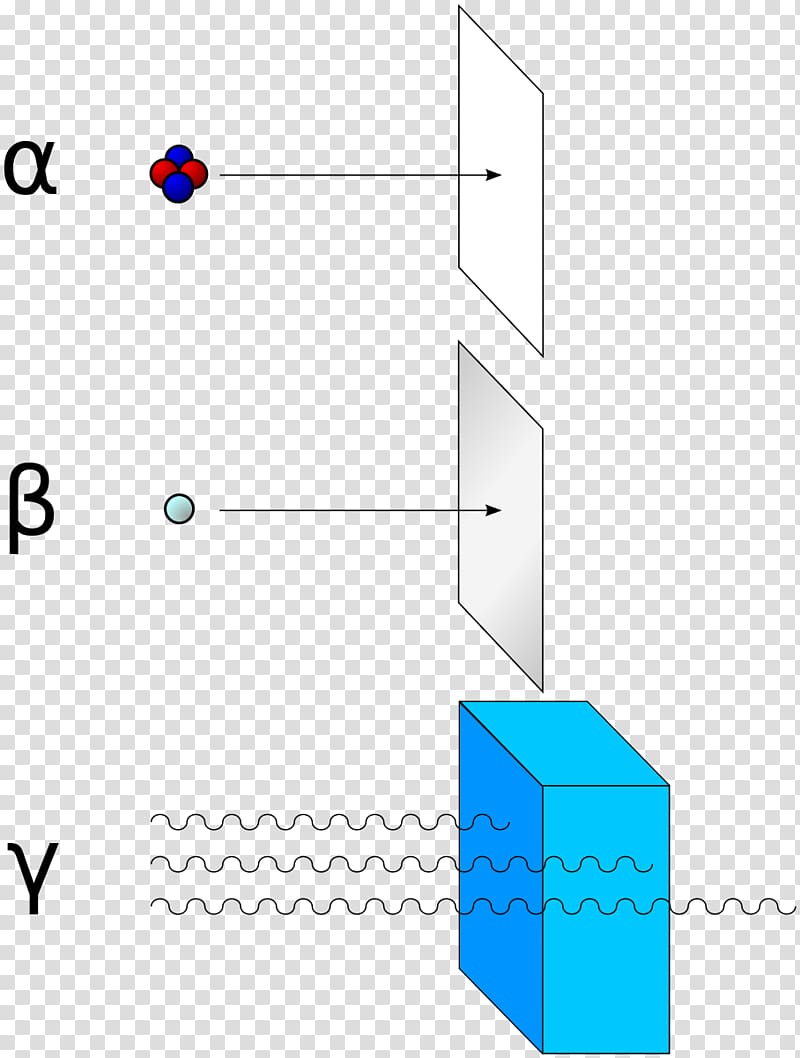


HTND has a property termed negative electron affinity (NEA), its conduction band minimum being above the vacuum electron energy. Electrons may either tunnel through this barrier or, given enough energy input, go over it. Upward band-bending at the vacuum interface contributes to an energy barrier to emission ( Ibach, 2006). Both nitrogen incorporation and high grain boundary density are believed to enhance thermionic emission owing to enhancement of conductivity at elevated temperatures, with nitrogen also lowering the material work function ( Wang et al., 2003). One such material is hydrogen terminated, nitrogen-doped nanocrystalline diamond (HTND).

Nevertheless, with the advent of novel materials and newly discovered material properties, research on how to achieve thermionic emission at low temperatures has experienced a renewed interest. One of the drawbacks of thermionic emission-based devices is their high operational temperature, which has so far restricted the application of thermionic emission to specialized fields like space exploration and scientific instrumentation. Another potential application of thermionic emission is in thermionic energy converters (TECs), which can produce a direct conversion of heat into electrical power using no moving parts ( Gryaznov et al., 1989 Mills and Dahlberg, 1991). Thermionic emission has been used in a number of applications including vacuum diodes, electron guns, and X-ray sources. If the bulk temperature increases above a certain threshold, its electrons will have enough energy to surmount the surface potential barrier and escape from the solid with a certain kinetic and potential energy. Thermionic emission is the thermally induced emission of electrons from the surface of a material. Nevertheless, one possibility is discussed involving excitation of preexisting conduction band electrons that may skew their energy distribution toward higher energies. Various mechanisms for the enhancement are discussed, with a satisfactory explanation remaining elusive. The emission threshold temperature was also examined to further assess the enhancement of thermionic emission, with 63Ni lowering the threshold temperature by an average of 58 ± 11 ☌ compared to the 59Ni control.

The hydrogen-terminated nanocrystalline diamond was studied using a vacuum diode setup with a 63Ni beta radiation source-embedded anode, which produced a 2.7-fold increase in emission current compared to a 59Ni-embedded control. Nitrogen-doped diamond thin films were grown by microwave plasma chemical vapor deposition on molybdenum substrates. In this report, we study the effects on thermionic emission caused by in situ exposure of the diamond cathode to beta radiation. Hindering progress of the technology are the thermionic output current and threshold temperature of the emitter cathode.


 0 kommentar(er)
0 kommentar(er)
